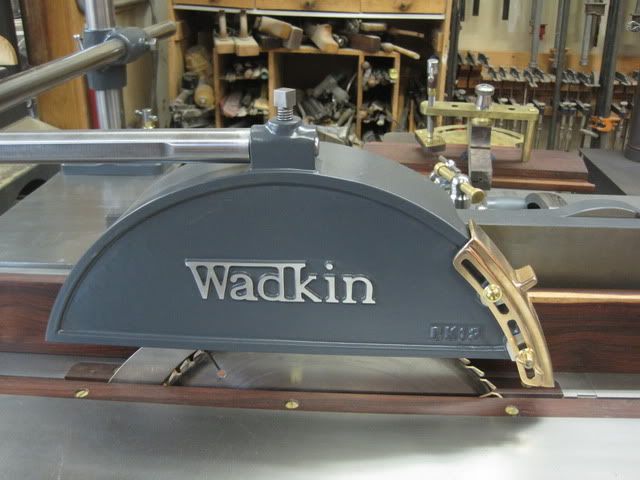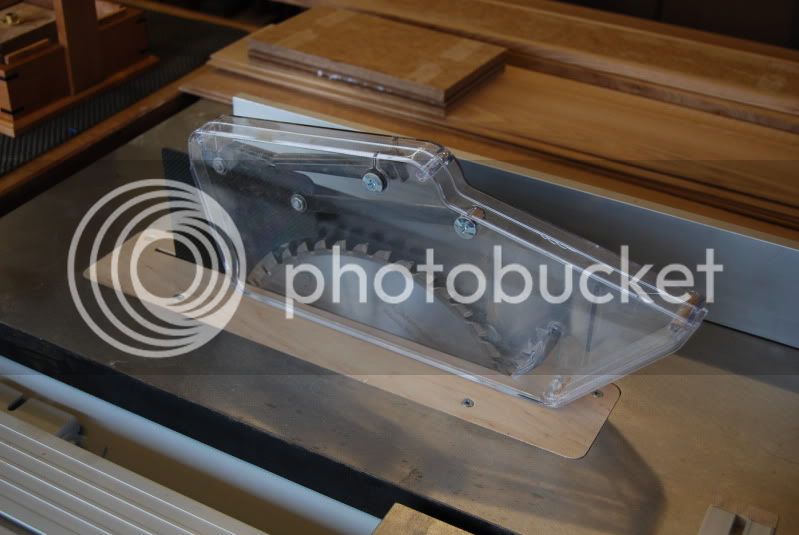tool613
Established Member
Digit":3igzwm2l said:Personally I'm not keen on fences that short, by using a sliding sub fence on the full length fence I can adjust for different blade diameters, to ac as a gauge when cross cutting repeat lengths etc.
In other words, the best of both worlds.
I have two plates for the PK. One i Added a through fence to cut sheet and guide jigs like the tenoning jig you see in the back ground. I have a short fence for riping on this saw if i need to change the long fence out. I have a large 14" belted saw with more depth of cut than the PK with its 18" blade for ripping with a power feeder(the best crown guard push stick made) :lol: . Then there the general 10" saw with a bessy fence. Man can not live with one saw alone :lol: What i find remarkable is the oldest(the PK) has the best safety features of them all.

jack

































